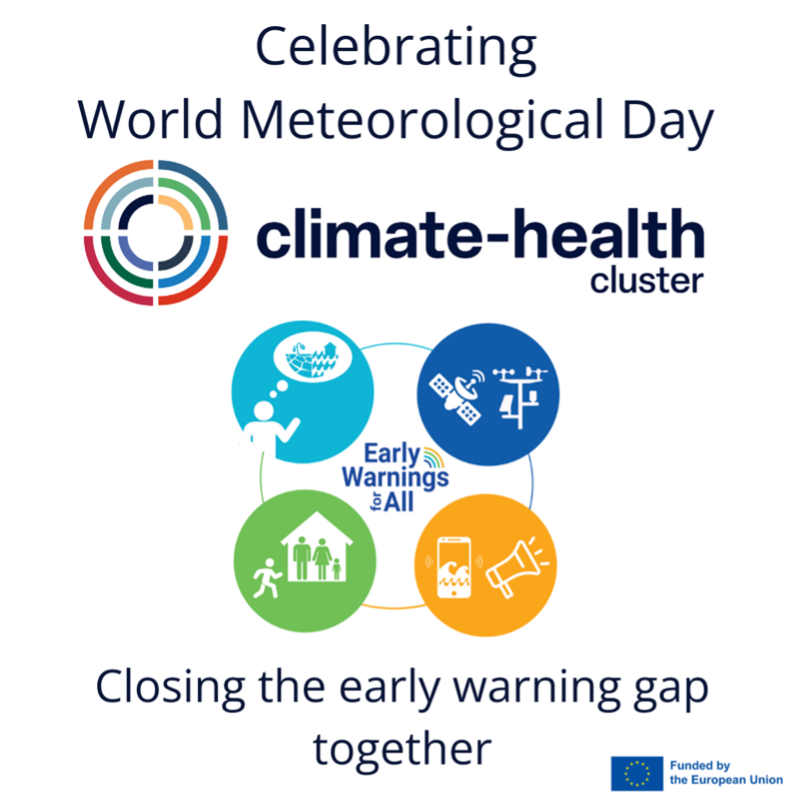This World Meteorological Day, we are celebrating our work to close the early warning gap together with all six partners in the Climate-Health Cluster, who collaborate to increase the societal and policy impact of EU-funded research linked to climate, health and policy.
Early warning systems help people anticipate and prepare for various natural hazards like storms, floods, and heat waves before they strike, ultimately saving millions of lives.
Here in the Climate-Health Cluster, each of our projects are working hard to develop and test early warning systems that are adapted to improve emergency preparedness and response in the unique environmental and epidemiological conditions where we hope to make a difference.
“Conventional weather forecasts are for the general population, but for our [Climate-Health Cluster] early warning systems, it’s more specific for vulnerable groups, or more specific hazards”, explained Dr Chuansi Gao, HIGH Horizons researcher and Associate Professor in the Aerosol and Climate Lab at Lund University, Sweden
Our early warning system projects
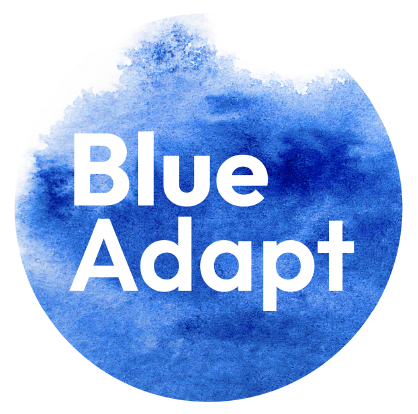

At BlueAdapt EU, the Universities of Exeter and Galway are evaluating the impact of the Surfers Against Sewage Safer Seas and Rivers Service mobile app, which warns potential bathers about water quality, to see how people respond to bathing water quality information.
Deltares are examining the potential for early warning systems in the Netherlands to inform people about the real time quality of bathing water.
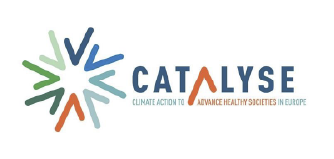
CATALYSE Project
CATALYSE is creating two EWS; A health-based temperature EWS, which uses weather forecasts, health data, and epidemiological models to predict heat-related risks, and an EWS of allergic rhinitis, which incorporates data on meteorological forecasting, air quality, allergenic pollen levels and individual symptoms to predict and alert citizens about symptom exacerbation.
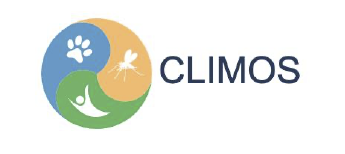
Climos Project
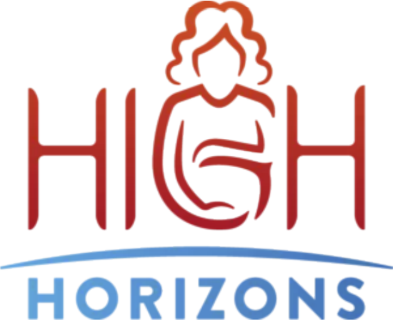
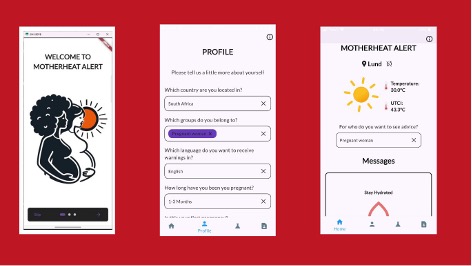
At HIGH Horizons, researchers are developing the MotherHeat Alert mobile app to warn pregnant and postpartum women and maternity care health workers about rising heat in their area, and advise them on how to stay safe, cool and healthy. The team is a collaboration between Lund University, Karolinska Institute, Wits RHI, CeSHHAR, and the London School of Hygiene and Tropical Medicine.

IDalert
As climate change increasingly threatens global public health, the IDAlert project is developing the EpiOutlook platform, which is a climate-sensitive early warning system for infectious diseases. By integrating climate forecasts, epidemiological indicators, and real-time data, EpiOutlook aims to enhance preparedness and support timely interventions against climate-sensitive infectious diseases in Europe and beyond.
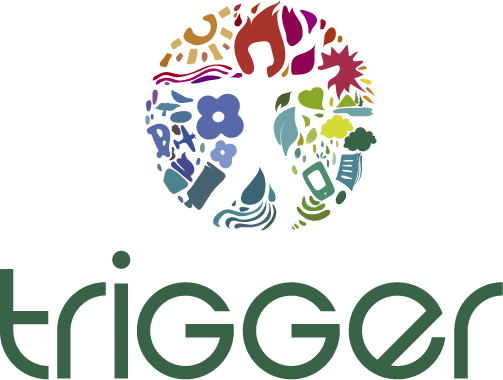
TRIGGER EU Project
Looking to the future
Going forward, we hope that our targeted early warning systems can help protect vulnerable groups around the world.
“I’m hoping that they will be taken up well by our target groups, so that’s a big challenge to us to know what people need and require”, said Clara Heil, a PhD student and HIGH Horizons researcher in the Aerosol and Climate Lab at Lund University.

